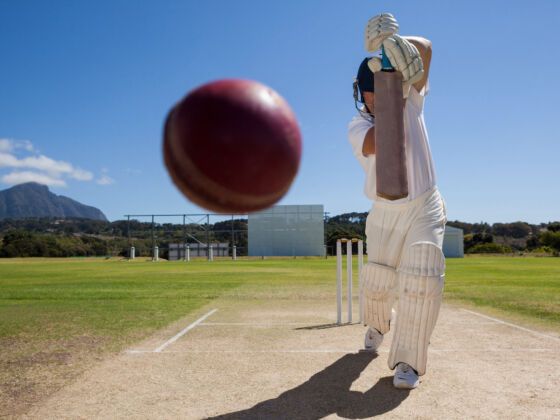Cricket most likely began as a children’s game in the 15th or 16th century, so it’s really simple at heart. Hit ball with bat. Chase ball. Repeat.
Eventually, adults picked up cricket, beginning with farming communities and moving on to the British aristocracy, leading to super-complicated variations in the rules of the game.
